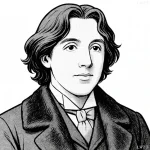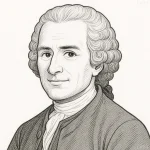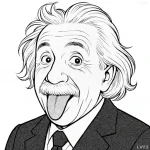“Pictures and shapes are but secondary objects and please or displease only in the memory.”

- January 22, 1561 – April 9, 1626
- Born in England
- Philosopher, theologian, jurist, politician, aristocrat
table of contents
Quote
“Pictures and shapes are but secondary objects and please or displease only in the memory.”
Explanation
In this quote, Francis Bacon suggests that visual representations—such as pictures or shapes—are not inherently significant in themselves, but derive their emotional impact from the memory and imagination of the viewer. He argues that it is not the image itself that truly moves or pleases the observer, but the memory or association that the image evokes. Essentially, Bacon implies that the emotional reaction to a picture or shape is shaped by past experiences, personal associations, or imagination, rather than the picture being innately pleasing or displeasing. The quote reflects Bacon’s broader empiricist philosophy, which emphasizes the subjective nature of human perception, where our senses and memories play a crucial role in how we interpret the world.
Bacon’s view aligns with the Renaissance focus on individual experience and the increasing interest in subjective perceptions of reality. During this period, thinkers began to explore how the human mind processes and makes sense of the world around it, recognizing that our interpretations of art, nature, and beauty are not fixed but deeply influenced by memory, emotion, and cultural context. Bacon’s statement suggests that beauty is not inherent in external objects but is something that exists within the viewer’s mind.
In modern times, this quote remains relevant in discussions about art, aesthetic value, and perception. It speaks to the idea that art’s impact is not solely determined by its physical qualities (color, form, composition) but also by the viewer’s experience, interpretation, and context. For instance, a piece of art might evoke strong emotions for one person based on their memories or personal associations, while another might not feel the same emotional connection. This aligns with contemporary psychology and art theory, where the subjective nature of human experience is often emphasized. Bacon’s insight reminds us that the meaning and impact of visual art are shaped by our individual memories and perceptions, rather than being universally fixed.
Would you like to share your impressions or related stories about this quote in the comments section?




